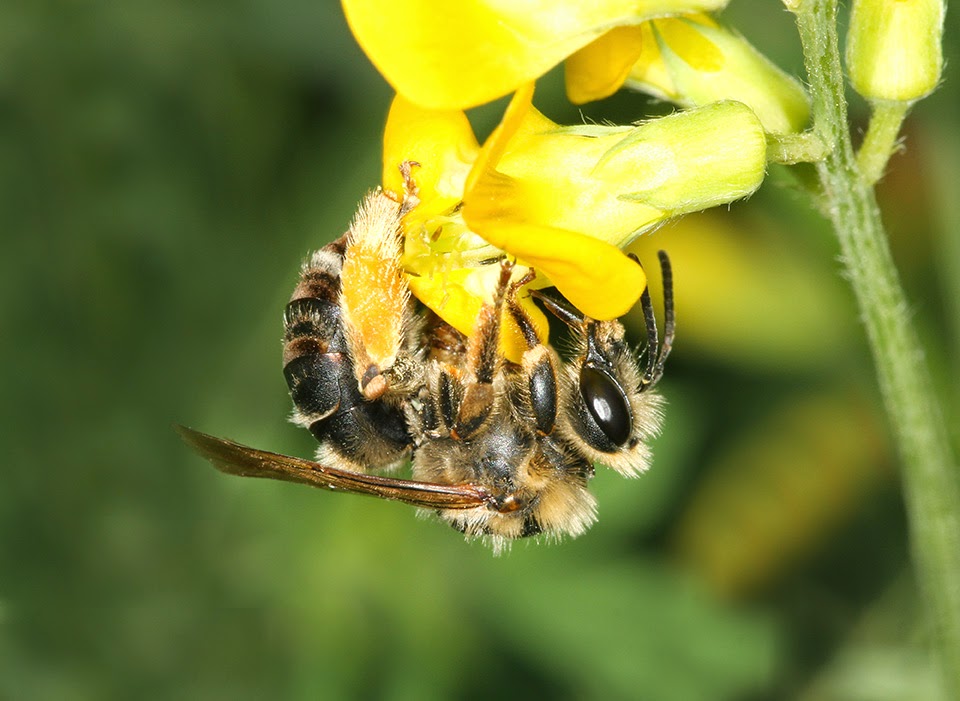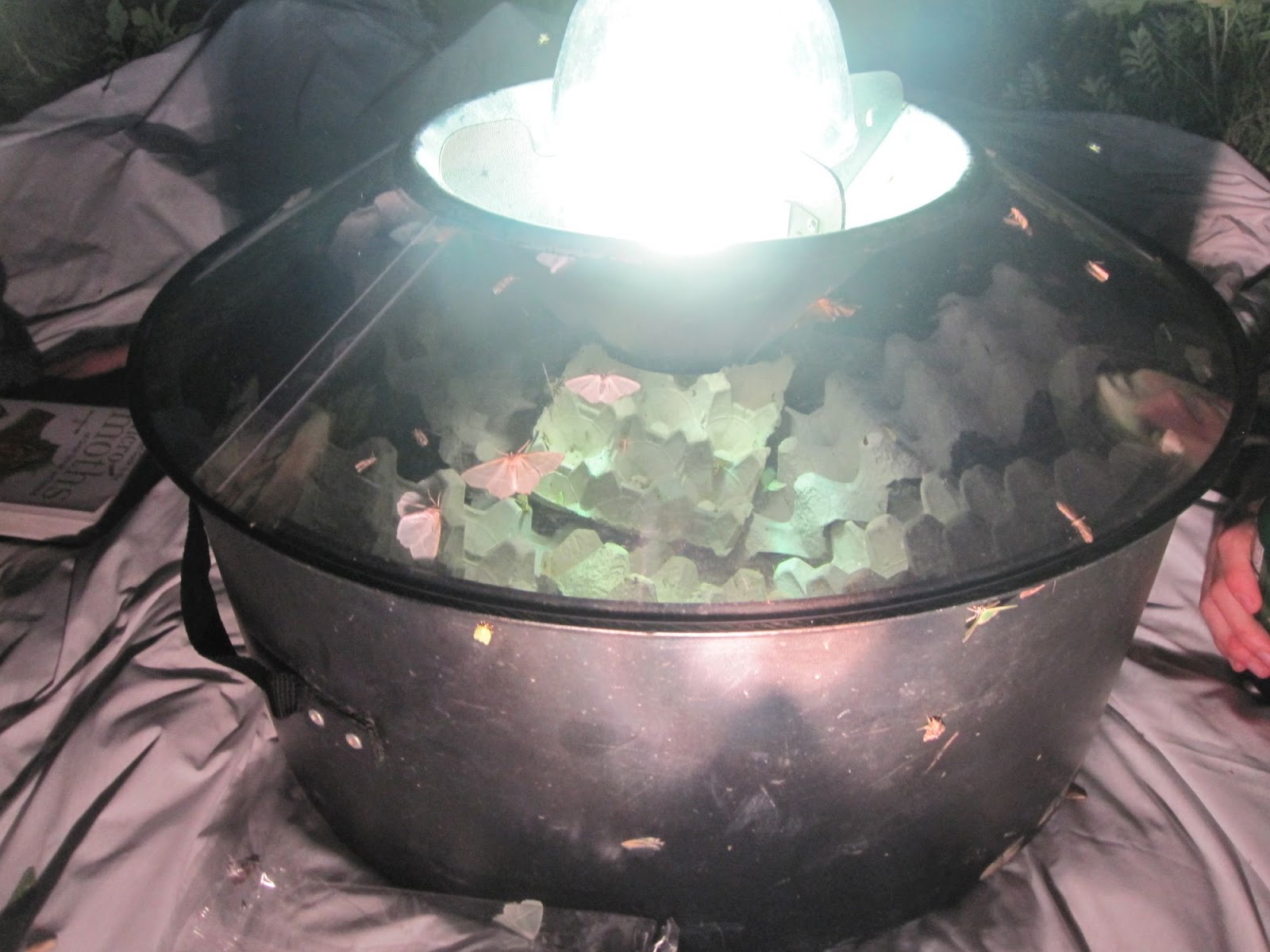You might not think there's much in the way of quality habitat around an airport. Fair doos, as I used to think that too.
Clay Slope, North West Zone
Last Monday, Jeremy, Scotty D and his little dog Ro returned to our site in the North West Zone for the follow-up invertebrate survey. By surveying twice at the same site, both early and late in the season, we can detect a greater diversity of species.
River Mole floodplain
The past few weeks, the River Mole floodplain at Gatwick has looked the bee's knees (I'll be coming back to the subject of bees!). This is the result of some large-scale sculpting works which took place back in 2000 when the watercourse was diverted. It is now a veritable hotspot in terms of floral diversity...
Greater Burnet (Sanguisorba officinalis)
Grass Vetchling (Lathyrus nissolia)
Betony, Ladies Bedstraw, Quaking Grass
Meadow Vetchling, Greater Bird's-foot Trefoil, Lesser Stitchwort to name but a few.
Artificially seeded? Either way, this lovely wildflower mix is a great thing for biodiversity
So colourful that my outlandish running trainers almost blend in
For this survey, we spread out to cover as great an area of the North West Zone as possible. The variety habitats, their different ages and structure provide plenty of options for food, water and shelter; potentially pleasing to even the fussiest kinds of invertebrate!
Scotty grubbing around the dry slope while Jeremy searches for bees down on the floodplain
Ro the dog, focusing his efforts on keeping cool
Bishop's Mitre Shieldbug (Aelia
acuminata).
The weird angular head and stripes reminds me of the Muto in the latest Godzilla movie
Small Skipper (Thymelicus sylvestris) in cute begging pose
Since our recent exciting find of a rare species of bee, Jeremy and I spent some time staking out this section of the clay slope. We were hoping to see a few of the female Long-Horned Bees (Eucera longicornis) returning to their nesting sites...
Possible Eucera burrow?
Sharing observations
A pretty good indicator of how well a survey has gone is the number of specimens which Scotty has to take home for further microscope identification...
Just a few of his tubes; dude's got his work cut out
This type of sampling might look a bit grim, but we are unlikely to impact any populations and it is all in the name of science, with all data being passed onto the Biodiversity Record Centres.
The following is a selection of Jeremy's excellent shots from the day (thanks again Jeremy!)...
Dusky
Cockroach (Ectobius lapponicus) female.
This is the first Cockroach species I have seen in Britain, and it is local to the south
This is the first Cockroach species I have seen in Britain, and it is local to the south
An uncommon and nationally notable species of Hoverfly (Neoascia interrupta) female
Hoverfly (Scaeva pyrastri) male. This is a migrant species to Britain
Semaphore Fly (Poecilobothrus nobilitatus) male. Lots of these happy chaps gathered around small pools in the wet clay. They are named for the outlandish dance which the males perform with their wings
Striped
Slender Robberfly (Leptogaster cylindrica), one of the most noticeable species out and about
Water Ladybird (Anisosticta
19-punctata), the first time I have knowingly seen this lovely beetle
And last, but most definitely not least...
Long-horned Bee (Eucera longicornis) female. In the end we only spotted 3 individuals, so we had sadly missed its peak. In previous weeks we have counted over 10 in just one small area.
I'm afraid I will keep banging on about this particular bee until the cows come home (I have no cows).
Seriously though, the world of entomology means I can never be bored again!


















+female.jpg)




.jpg)





































